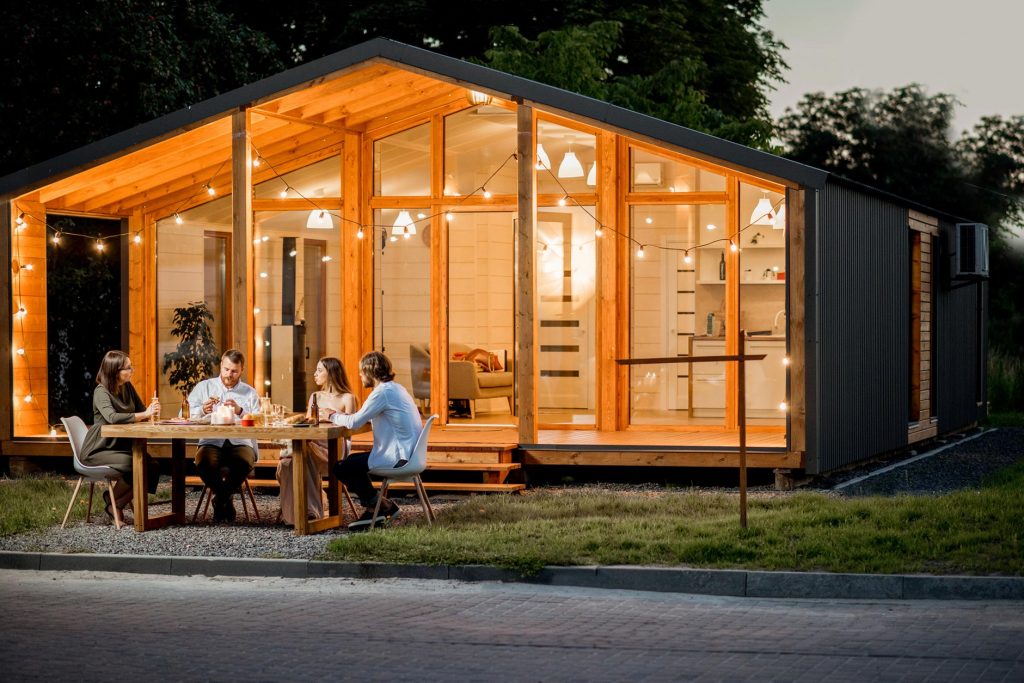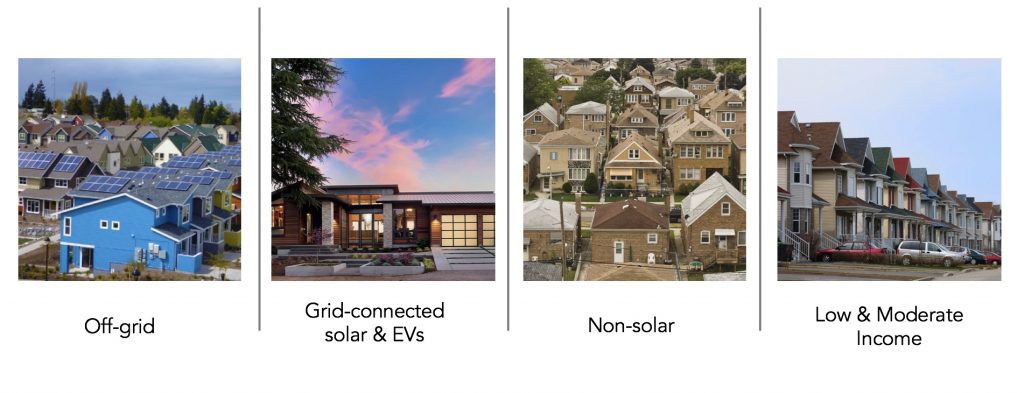Socialize cost of 24 x 7 community reliability
In promotions of the benefits of personal rooftop solar on homes and individual businesses, the focus is generally restricted to how much the individual customer will save on their utility bills. Proposing residential rates that include fixed or demand charges often result in major controversies. There are three critical elements that are usually overlooked in these discussions:
- Who pays for the resources at night?
- Should any fixed or capacity charges be calculated on a proportional vs per connection basis?
- Who pays for shared infrastructure to support critical services in the neighborhood, city, or region?
Any building with solar that is connected to the grid or EV that charges at night relies on shared generation assets. With net metering, affluent solar customers may have utility bills of $0, or even receive credits, no matter how much energy they use when their solar array is not generating. In almost every jurisdiction, the overnight supply is predominantly fossil fuel based. If only non-solar customers, including most low and moderate income families, are left to pay to operate these legacy assets, the burden will be unfair and unbearable.

Let's also consider COMMUNITY reliability
Even if both off-grid and grid-connected solar customers do not contribute to common infrastructure costs, they will still benefit from electricity used to power streetlights, traffic signals, police and fire stations, hospitals, stores, schools, restaurants, airports, etc. EVs and solar require extra capacity, equipment, and have an impact on power quality which may shorten the lifetime of their neighbors’ appliances and electronics.
How do we avoid a tragedy of the commons? Is this a situation where individual residents, acting independently to reduce carbon, inadvertently undermine the economic sustainability of the shared resources through their collective action?

